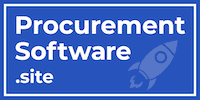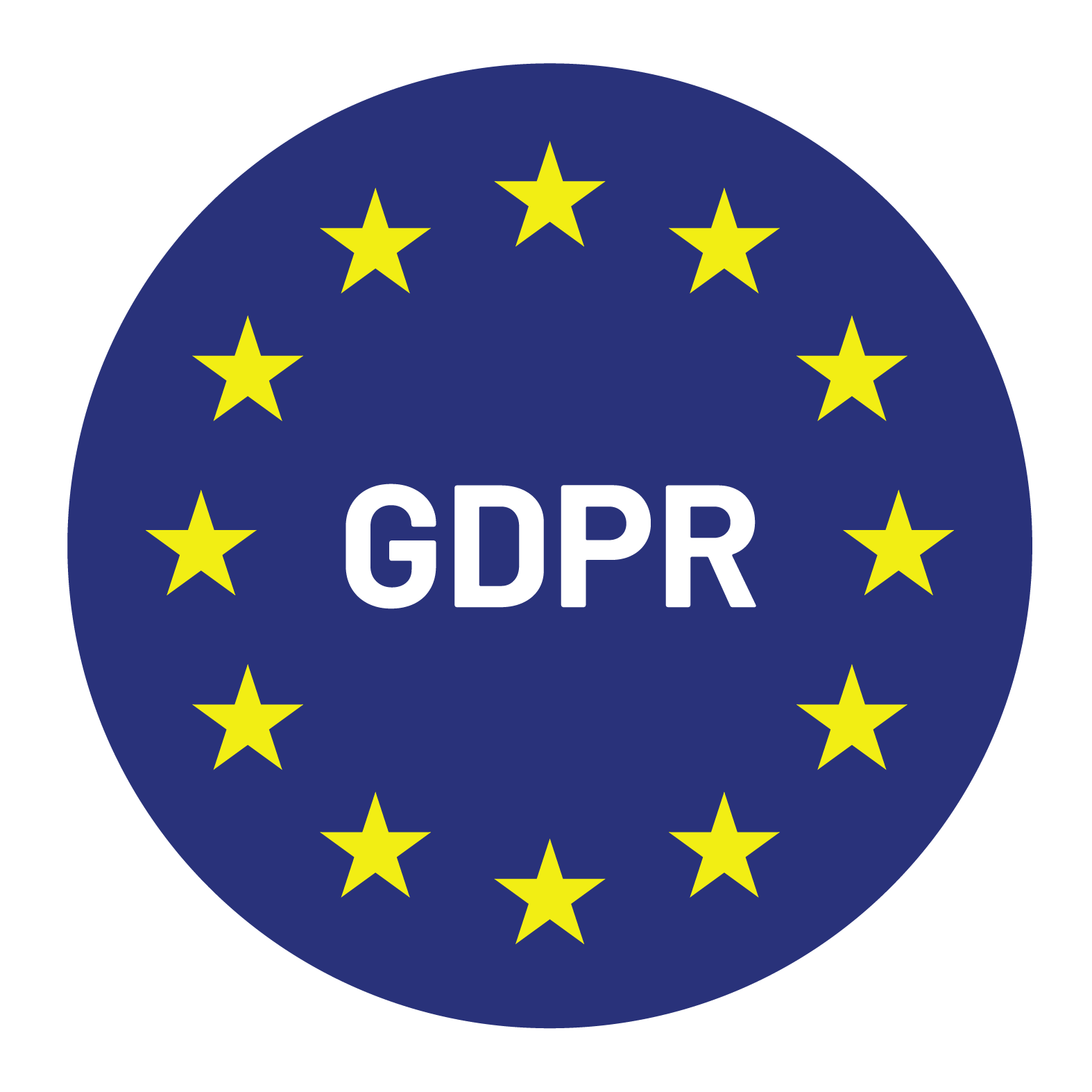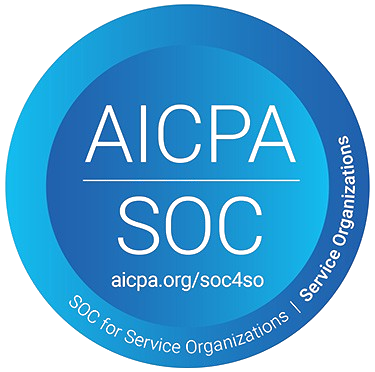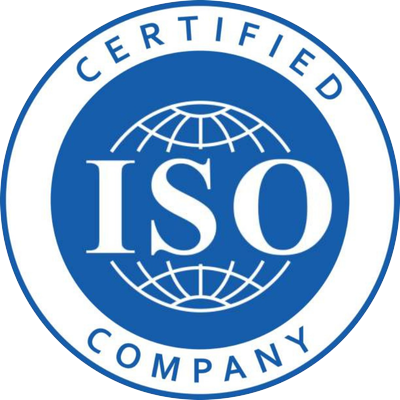In the dynamic landscape of business operations, developing an approval process for SaaS purchases is pivotal. This ensures that every new acquisition aligns seamlessly with the company’s budget and financial goals, optimizing results. Let’s delve into the key steps to establish an effective approval process for SaaS purchases:
1. Identify the Budget Source
Initiate the process by pinpointing the budget source. Whether it’s a recurring departmental budget or a specific project allocation, understanding the financial foundation is crucial.
2. Define the Approval Hierarchy
Construct a clear organizational structure outlining personnel responsible for approving purchases. This hierarchy should delineate approval authority based on budgets or departments, establishing who holds the power to approve SaaS purchases and the required approval levels.
3. Establish Financial Thresholds
Set distinct financial thresholds based on the cost of SaaS purchases. Designate different approval paths for purchases under $500 and those exceeding this amount, ensuring a streamlined approval process tailored to each financial bracket.
4. Create an Approval Request Form
Facilitate the approval process by introducing a comprehensive request form. Requesters should fill out this form when submitting a new SaaS purchase request, providing essential details such as vendor name, subscription length, cost, functions, and service level agreements (SLAs).
5. Establish a Review and Approval Process
Develop a structured process for reviewing and approving each purchase request. Clearly define the expected timeline for each step, including response times from approvers and an escalation process in case of delays.
6. Evaluate SaaS Contracts and Terms
Exercise due diligence in evaluating SaaS contracts and terms before making any purchases. Scrutinize contract length, auto-renewal terms, pricing structures, and performance metrics. Align these factors with the company’s budget and financial objectives.
7. Monitor and Track SaaS Spend
Implement a centralized SaaS management system to monitor and track SaaS expenditures regularly. This system should encompass purchases, renewal dates, contract terms, and usage metrics. Effective tracking ensures the establishment and monitoring of key performance metrics and cost controls.
Conclusion:
In essence, developing an approval process for SaaS purchases is instrumental in aligning new acquisitions with the company’s financial goals. By delineating approval hierarchies, setting financial thresholds, creating a thorough approval request form, establishing a review and approval process, evaluating contracts, and monitoring spending, businesses gain control over their SaaS budget. This process enables more informed decisions, fostering efficient operations and superior financial outcomes.











